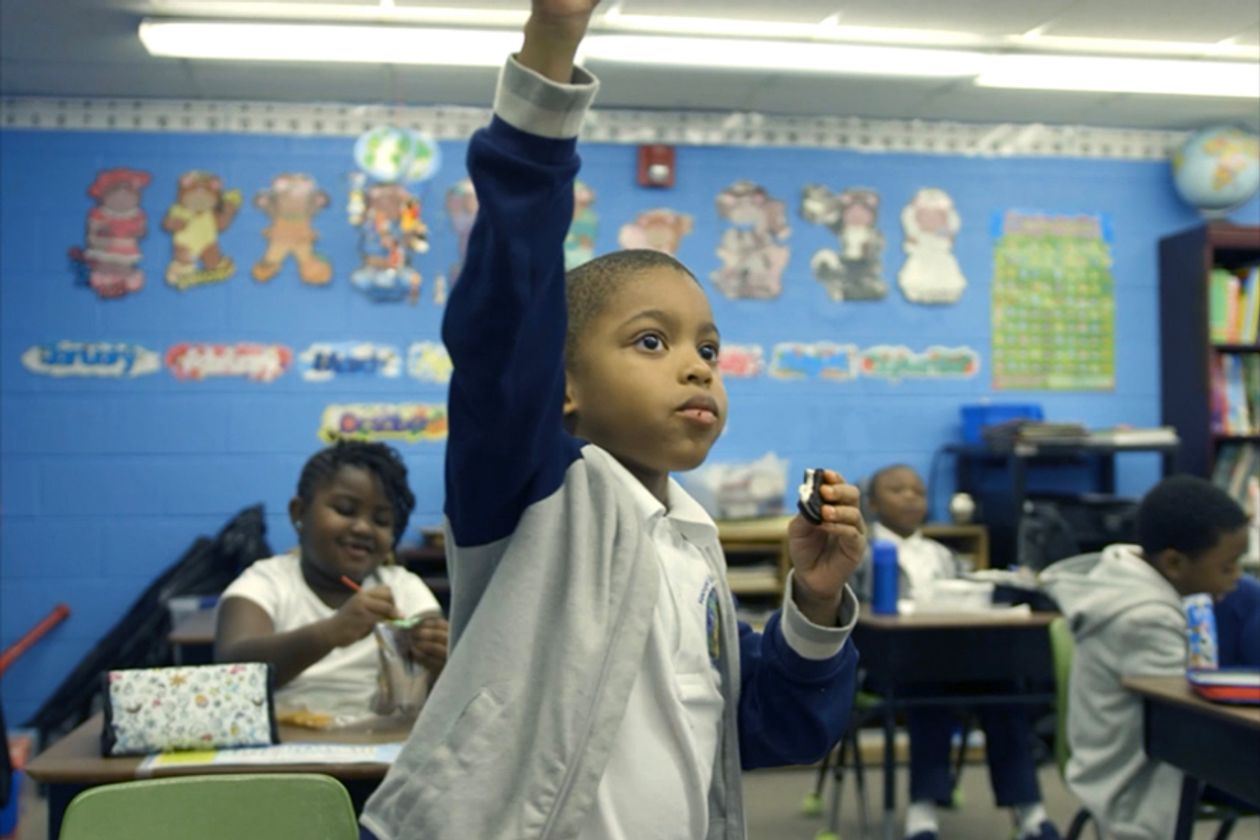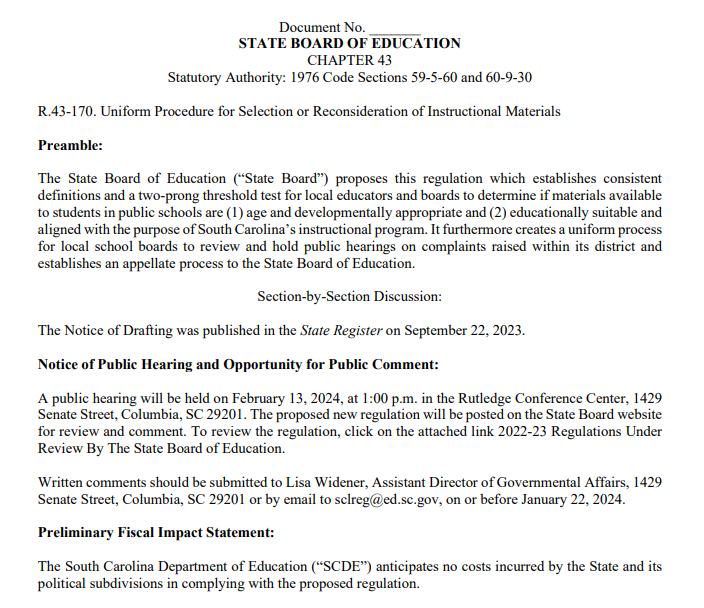ESA Bill in a Nutshell
The following is the statement of Palmetto Promise Institute Senior Fellow Dr. Oran Smith before the House Education and Public Works Committee on the matter of S.39, the Education Scholarships Accounts Act.
Update: S.39 was signed by Governor McMaster on May 4, 2023. The effective date of the bill, now Act 8, is June 3, 2023.
Madam Chair [Rep. Shannon Erickson], it has been nearly six years since you filed H.4308, the Equal Opportunity Education Scholarship Account Act. You filed that bill on May 10, 2017, with an impressive bipartisan group of co-sponsors. With that legislation, you introduced the concept of the Education Scholarship Account or the “ESA” to the lexicon of The Palmetto State.
Thanks to your efforts and to those of Ways & Means Chairman and now Speaker Murrell Smith, we have since learned a lot about ESAs. We have discovered that an ESA is a mechanism that was originally developed in Arizona whereby families struggling with a good fit for public school could be provided with a funded account. Through that account, using an online portal, dollars could be directed by the parent to an array of educational services customized for the needs of their specific child. Private schools would be only one of the options from which parents could choose. Like Tuition Grants for private and religious college students and First Steps for private and religious preschool students, those dollars would serve as a constitutional direct benefit to the child and benefit the providers only indirectly.
Also, since you filed that original bill, ESAs have taken America by storm. Four states have adopted universal school choice already this year—Florida just extended school choice to every child, following Iowa, Utah, and Arkansas. West Virginia passed school choice for everyone in 2021 and Arizona expanded its program to universal in 2022. Oklahoma, Ohio, Wyoming, Texas, Nebraska, Kansas and Pennsylvania are likely next to act. According to the American Federation of Teachers, a total of 29 states are considering school choice bills this year.
With all this in mind, I leave you with three takeaways:
First, education freedom isn’t weird or untested or racially discriminatory. There are 73 programs in America with 690,000 students. Those numbers grow every year.
But second, and somewhat paradoxically, those programs do not pose a serious threat to the existence of public schools. For 2019-2020, expenditures for school choice programs in America totaled 3 billion dollars. But spending for public education is slightly under 800 billion dollars. That’s .351%. For South Carolina, if my math is correct, S.39’s first-year impact would be 30 million dollars. According to the Revenue & Fiscal Affairs Office, the actual total funding for all regular school districts for 2020-21 was 11 billion, 23 million dollars. Put another way, that’s thirty million dollars versus eleven thousand million dollars.
And finally, advocating for school choice is not anti-public school. I loved my public school. A majority of the member of this committee is no doubt strongly pro-public education. So, when school choice polls as high as 75% in South Carolina, does that mean that 75% of South Carolinians are anti-public school? I would submit to you that such a conclusion is mathematically impossible. That 75% support for education choice includes a strong representation of South Carolinians who are strongly pro-public education! We can be both.
Members of the Committee, thank you for the opportunity to share these thoughts with you.




